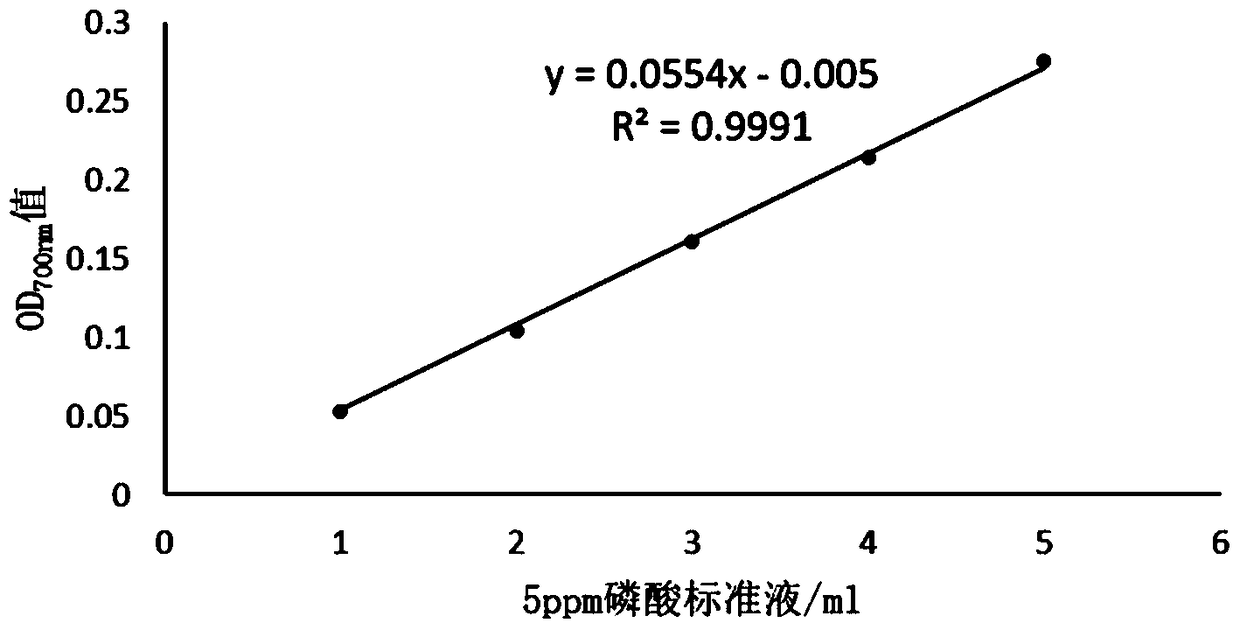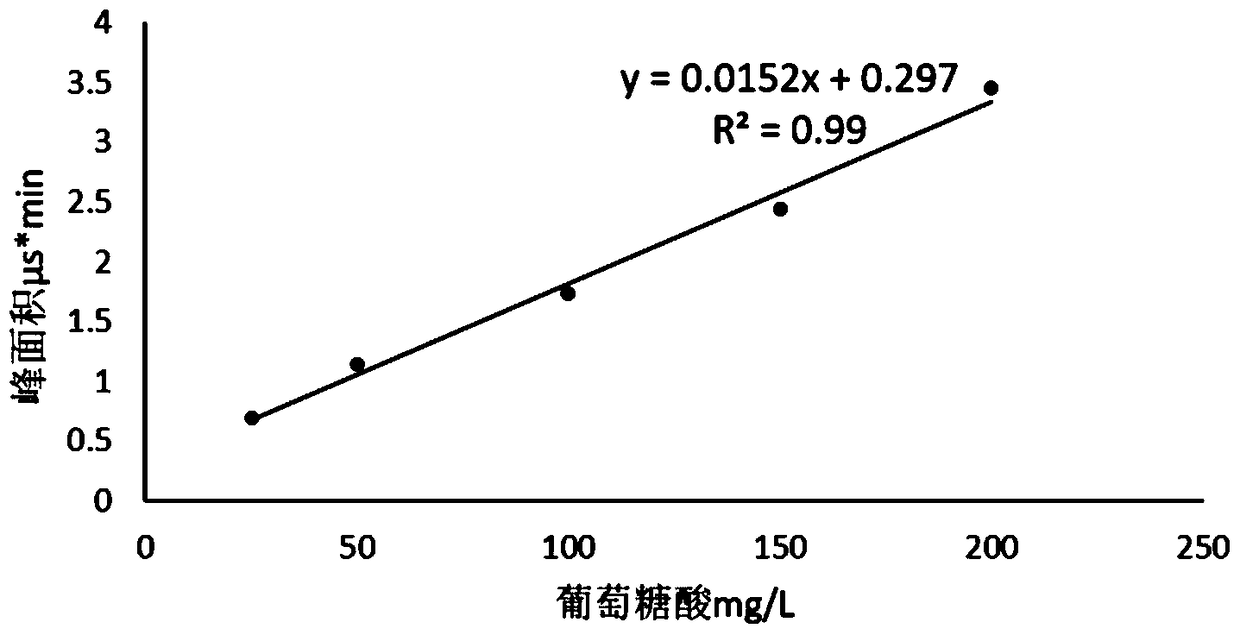A plant growth-promoting bacterial strain ng-33 for decomposing inorganic phosphorus and its application
A technology of NG-33, inorganic phosphorus, applied in plant growth regulators, plant growth regulators, applications, etc., can solve problems such as lower utilization rate, and achieve the effect of saving phosphorus fertilizer, promoting plant growth, and improving soil
- Summary
- Abstract
- Description
- Claims
- Application Information
AI Technical Summary
Problems solved by technology
Method used
Image
Examples
Embodiment 1
[0033] Example 1 : Isolation and identification of Enterobacter cloacae NG-33 (Enterobacter cloacae)
[0034] 1.1 Isolation of Enterobacter cloacae NG-33 (Enterobacter cloacae)
[0035] The isolation of Enterobacter cloacae NG-33 (Enterobacter cloacae) includes 3 steps of sampling, enrichment, primary screening, and secondary screening, as follows:
[0036] 1.1.1 Sampling
[0037] Samples were taken from the soil of Nonggang National Nature Reserve in Guangxi Zhuang Autonomous Region, put into clean sampling bags (bottles), marked, and stored in a 4°C refrigerator for later use.
[0038] 1.1.2 Enrichment and primary screening
[0039] Weigh 10 g of the collected sample and pour it into 100 mL of Luria-Bertani (LB) liquid medium containing 800 mM, and culture with shaking at 37° C. at 200 rpm for 24 hours. Then take 1mL of the bacterial suspension and inoculate it into a Erlenmeyer flask equipped with NBRIP liquid medium. Multiple shake flasks are tested in parallel, with ...
Embodiment 2
[0053] Example 2 : Determination of Soluble Phosphorus Content in Shake Flask Culture of Enterobacter cloacae NG-33 (Enterobacter cloacae)
[0054] 2.1 Configuration of molybdenum antimony antichromogenic solution
[0055] ① Take antimony potassium tartrate [K(SbO)C 4 h 4 o 6 ] 0.5g, dissolved in 100mL water.
[0056] ② Weigh ammonium molybdate [(NH 4 ) 6 Mo 7 o 24 4H 2 O] 10g, dissolved in 450mL water, slowly added 153mL concentrated H 2 SO 4 , while adding and stirring.
[0057] ③Then add the above ① solution to ② solution, and finally add water to 1L. Shake well and store in a brown bottle. This is a mixture of molybdenum and antimony.
[0058] ④Before use, weigh L-ascorbic acid (C 6 h 8 o 5 , chemically pure) 1.5g, dissolved in 100mL molybdenum-antimony mixture, and mixed evenly, this is the molybdenum-antimony antireagent. The validity period is 24 hours, and the validity period is longer if stored in the refrigerator.
[0059] The tested strains were c...
Embodiment 3
[0061] Example 3 : Determination of the types and amounts of organic acids produced by Enterobacter cloacae NG-33 (Enterobacter cloacae)
[0062] The NG-33 strain was continuously fermented in liquid NBRIP liquid medium at 37°C and 180rmp / min for 5 days, and the culture liquid was measured at the same time every day, and then the organic acids in the fermentation liquid were analyzed by ion chromatography. Take 1 mL of fermentation broth and place it in a 2 mL plastic centrifuge tube, centrifuge at 12,000 r / min for 5 min, take the supernatant, dilute 10 times with ultrapure water, and filter the diluted solution through a 0.23 μm filter membrane to remove micron-sized suspended matter. Use ICS-5000 ion chromatography device (Thmero Company, USA), adopt IonPacAS11 anion exchange column, IC-RP guard column, analytical column (250mm×4mm), guard column (50mm×4mm). Gradient elution was adopted, the flow rate was 1 mL / min, the column temperature was 30°C, and the injection volume ...
PUM
 Login to View More
Login to View More Abstract
Description
Claims
Application Information
 Login to View More
Login to View More - R&D
- Intellectual Property
- Life Sciences
- Materials
- Tech Scout
- Unparalleled Data Quality
- Higher Quality Content
- 60% Fewer Hallucinations
Browse by: Latest US Patents, China's latest patents, Technical Efficacy Thesaurus, Application Domain, Technology Topic, Popular Technical Reports.
© 2025 PatSnap. All rights reserved.Legal|Privacy policy|Modern Slavery Act Transparency Statement|Sitemap|About US| Contact US: help@patsnap.com



